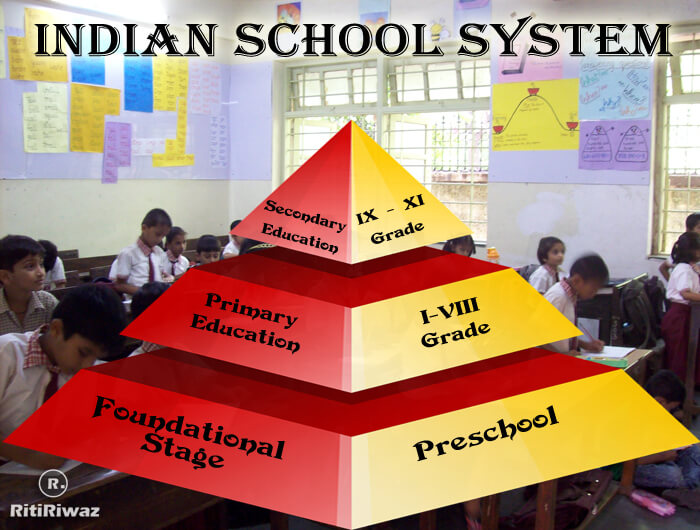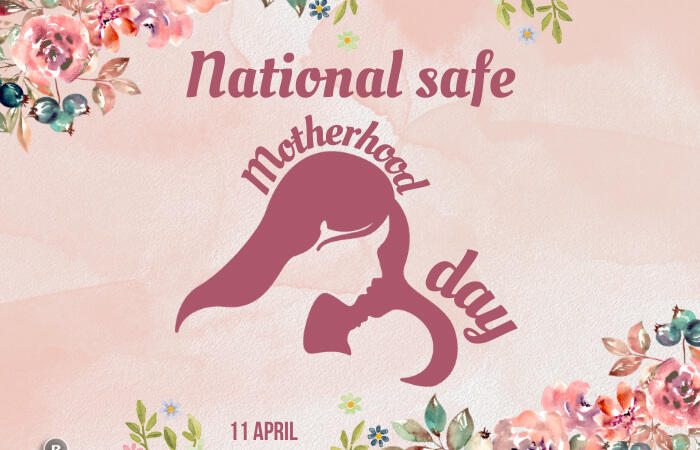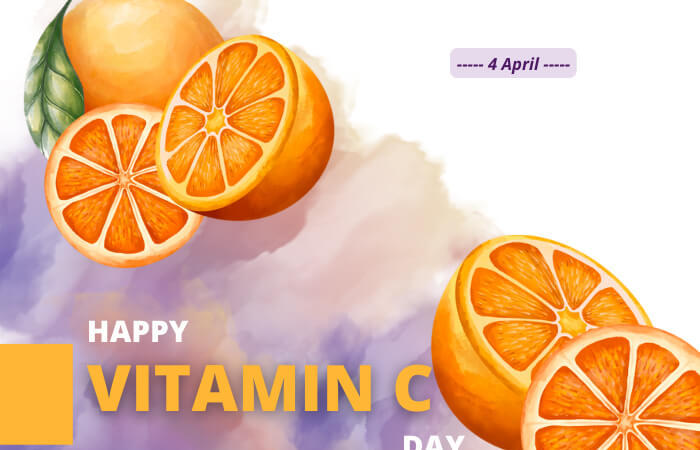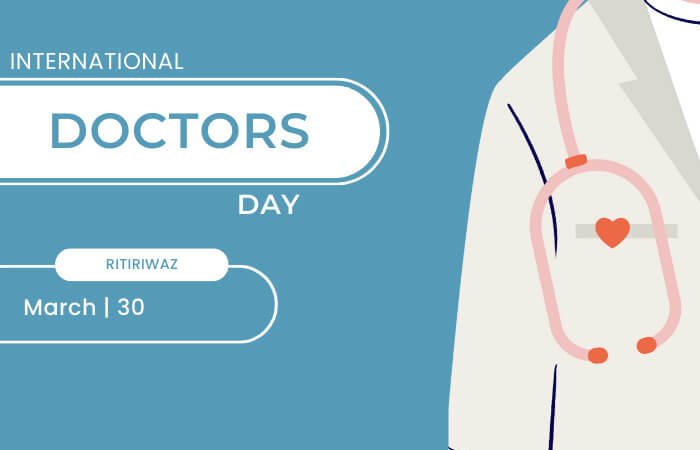Difference between primary and secondary school in India

“Education is the most powerful weapon which you can use to change the world” -Nelson Mandela
Indian schools have a Primary & Secondary Education system where students have to pass through this system. Though Primary & Secondary Education is not different rather it’s just the division of grades in which students are placed.
While compulsory education begins from age 6, most Indian schools offer two to four years of pre-school education to prepare children for entry to formal schooling at age 6. The Academic year for Indian schools runs from April to March. These schools may be affiliated with national boards/ Councils like the Central Board of Secondary Education (CBSE), the Council for the Indian School Certificate Examination (CISCE), the National Institute of Open Schooling (NIOS), or various state boards.
Assessments at the primary level are mostly internally developed and administered by schools. While for secondary Level we have boards Central Board of Secondary Education (CBSE), Council for the Indian School Certificate Examinations (CISCE), National Institute of Open Schooling (NIOS), or state boards holding the exams. After senior secondary school, students go to university for higher studies.
Compulsory Education in India
Foundational Stage – Preschool (Pre-Kindergarten to Kindergarten) Children at age of 3-8 years
Primary Education – I-VIII Grade
Secondary Education – IX-XI Grade
Foundational Stage
Pre-primary education in India is provided to children between 3–6 years by Kindergarten, Playway, or Play Schools. These schools have varying terminology for different levels of classes, beginning from – Pre-Nursery, Nursery, KG, LKG (Lower Kindergarten), and UKG (Upper Kindergarten). Most of the pre-primary education in India is provided by private schools.
Primary Education
Primary education is further divided into the lower primary stage from grade First to Five and the upper primary stage from grade six to eighth. Student aged 6 to 14 years has to complete their primary education. Here students are taught and motivated for speaking and writing skills and basic English, maths, and subjects like geography, history, and science are also taught. This education is free in government schools and is paid for in private schools.
In primary education, the student’s spontaneity, curiosity, creativity, and activity, should not be restricted by a rigid and unattractive method of teaching and environment for learning. It is also expected that the child should develop a respect for national symbols like the flag and the anthem. The child should learn the method of inquiry in science, develop facility in the four fundamental numerical operations, learn the first language which should generally be the mother tongue, appreciate the dignity of labor, imbibe habits of cleanliness, develop aesthetic taste learn to co-operate with others and be able to express freely in creative activities and acquire habits of self-learning.
Secondary Education
Secondary education is the last four years in school from ninth to twelve grade. Lower secondary education is for class nine to class tenth. Upper secondary education is from class eleventh to twelve. Students aged from 14 to 18 complete secondary education, where students are prepared for college level. Secondary Education deals with streams like Science, Arts & Commerce which help the student to decide what they want to become in the future like a doctor, engineer, lawyer, etc.
Secondary education is differentiated in varying degrees according to the needs, interests, and aptitudes of the pupils. Schools offer the Humanities Stream, Science Stream, the Commerce Stream, the Vocational Stream, and Language. The secondary Education stage is important because it represents the gateway to a successful professional life and becomes important for their future living in a society.
This is a stage where students identify their subjects of interest for future learning and get a better understanding of their career path. The focus is on self-learning and experiential learning so that the students are prepared to take on college studies in the future.
The important feature of the Indian education system is that along with academics, equal focus is given to extracurricular activities which include, sports, art, dance, music, National Service Scheme, National Cadet Corps, etc.
Conclusion
Primary and Secondary Schools are an integral part of our education system, and neither of them can be counted as less important. The overall development of a student is guided by schools during these years. Primary schools are the root of student education while secondary is the developing stage for the students, deciding their future course of action in career-related studies. Not only schools but parents also need to be in contact to check the overall performance of their kids both in academics as well as curriculum activities.
Suggested Read: Different Education Boards In India






